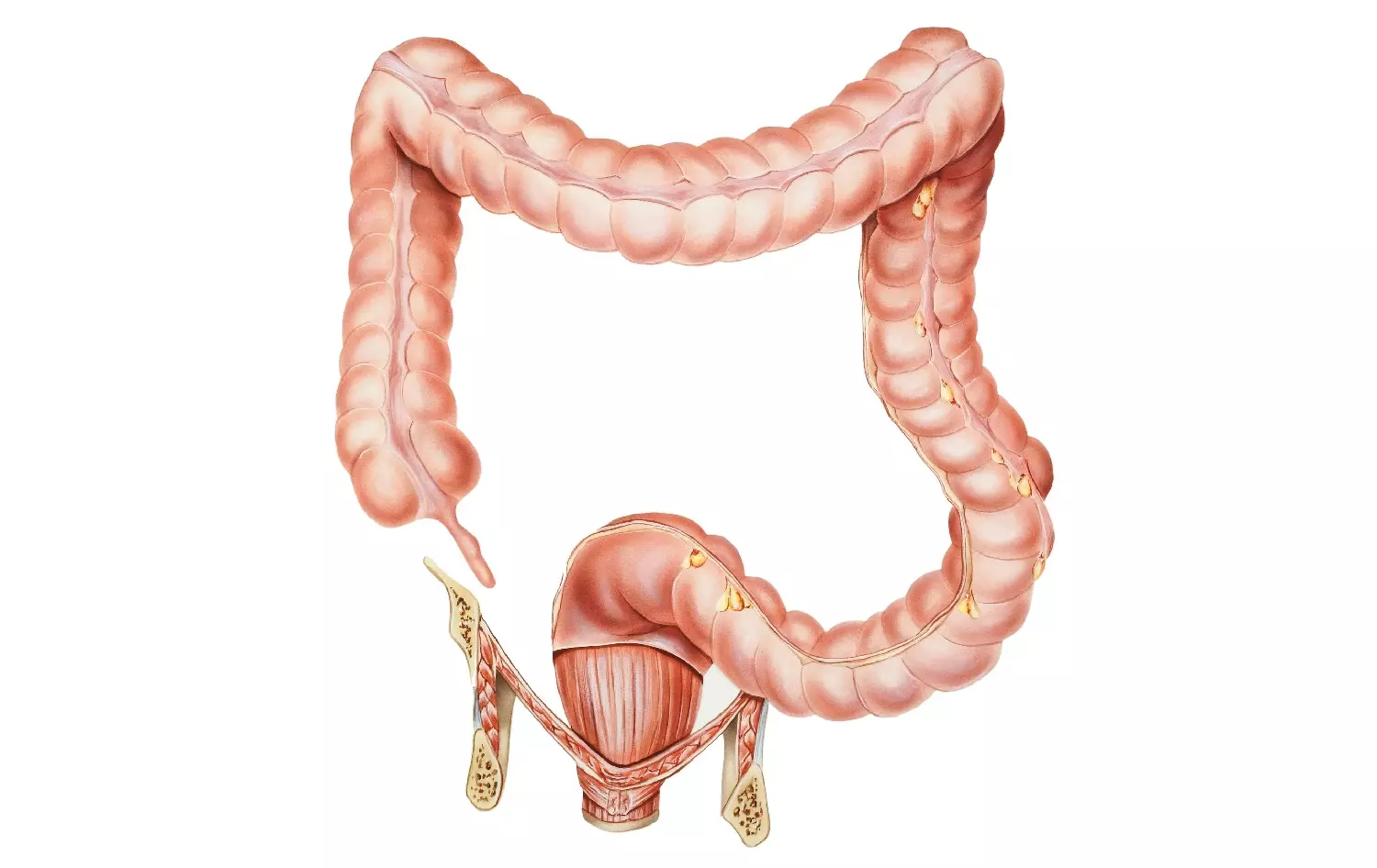[Originally published as Students ask: “Do we really have leftover parts?”]
Evolutionists from Darwin onward have claimed that the human body is a ‘museum’ housing many useless “leftover” parts from our evolutionary past.1 These parts, called “vestigial organs,” are believed to have once served functional purposes in our evolutionary ancestors, but these functions have since been lost due to evolution.
Some of the most popular examples of “vestigial organs” include the so-called “tailbone,” believed by some to be a leftover tail; the appendix, supposedly a relic from the digestive system of our plant-eating ancestors; and wisdom teeth, which the long, jutting jaws of our ape-like ancestors could accommodate, but are often prevented from growing correctly in short-faced humans.
But the truth is that none of these are really ‘useless’ leftovers! All of them serve a designed purpose in our bodies!
The “tailbone,” more correctly called the coccyx, is not actually a leftover tail, but serves as the end-point of the spinal cord. It is also the anchor-point for six important muscles that form the pelvic diaphragm, which supports many of your organs—without this important bone, your insides would literally fall out!1
In the past, an appendectomy—the removal of the appendix, a small worm-like tube structure near the junction of our large and small intestines—was a common surgical procedure. After all, the appendix could become infected with a disease known as appendicitis, and it was thought that it served no useful function in the body. However, scientists and doctors today know that the appendix serves a role in the immune system, first as a lymph organ during the early years of life, and second, by acting as a “safe house” for good bacteria in the large intestine.1,2
Wisdom teeth, like the appendix, have a Fall-caused tendency to degenerate and cause problems in life, but just because an organ can cause problems doesn’t make it useless or a ‘bad design’! While some people’s wisdom teeth never develop, others simply do not have enough room in their jaws for the teeth to grow, so they become ‘impacted,’ meaning that they are blocked from growing into place by the other teeth. However, when there is enough room for them, wisdom teeth function as a perfectly-good set of third molars.3 It may be that God designed humans with these teeth to be used in chewing vegetation (man’s original diet, cf. Genesis 1:29).
In the late 19th century, one evolutionist named Robert Wiedersheim put together a list of 86 supposed ‘vestigial’ organs, which he believed were evidence of evolution. However, every one of these supposed ‘leftovers’ have since been shown to have a purpose in our bodies1—exactly what we would expect to find if our bodies were created by an all-wise Creator God!
So, while evolutionists may want to find design-flaws or useless leftovers in our bodies, when we do more careful study, we find that we are truly, “ … fearfully and wonderfully made. Wonderful are your works; my soul knows it very well.” (Psalm 139:14)






